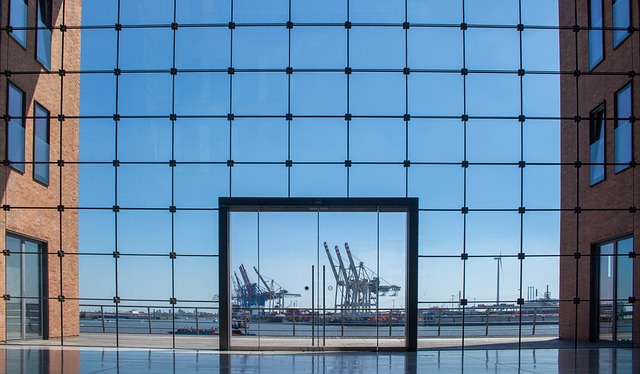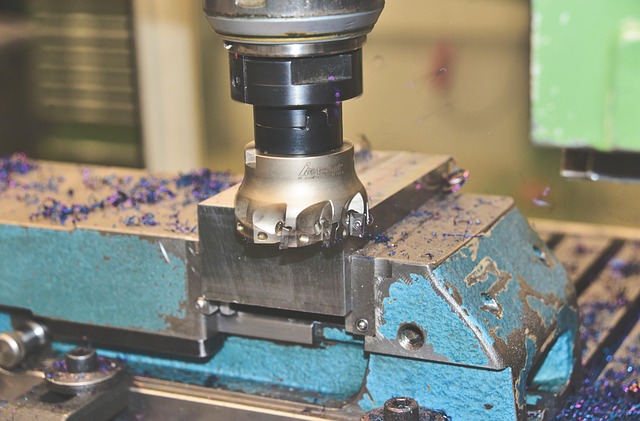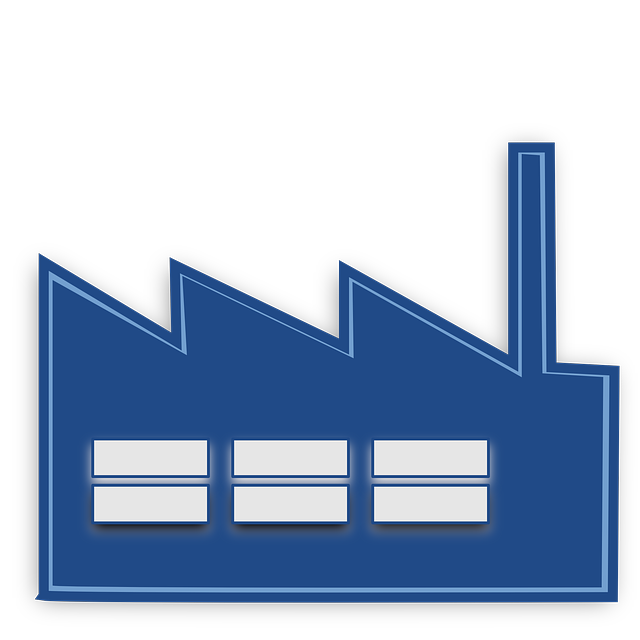Manufacturing facilities require specialized real estate that supports efficient production through flexible layouts, robust infrastructure (like powerful power supplies), strategic cooling systems, and temperature-regulated zones. Strategic planning includes ample floor space for machinery, good ventilation, lighting, and vehicle accessibility. The right real estate choice boosts productivity by reducing waste, minimizing downtime, and optimizing workflow. A well-crafted layout not only enhances productivity and cost-effectiveness but also adapts to market demands in today's manufacturing landscape.
Manufacturing facilities are more than just spaces; they’re intricate ecosystems demanding specialized real estate features to drive efficiency. From flexible floor plans catering to ever-changing production lines to robust infrastructure supporting heavy machinery, understanding and incorporating these unique needs is paramount. This article explores the critical role of real estate in manufacturing success, delving into specific features that optimize operations, enhance productivity, and ultimately drive growth.
Understanding the Unique Needs of Manufacturing Facilities

Manufacturing facilities operate with specific, unique needs that differ from traditional office or retail spaces. When considering real estate for such operations, it’s crucial to understand and cater to these specialized requirements. These facilities often demand flexible layouts to accommodate various production stages, from initial assembly lines to quality control areas. Additionally, robust infrastructure is essential, including adequate power supplies, ventilation systems, and efficient material handling solutions.
The layout should facilitate the flow of goods and people, enabling smooth operations and minimizing disruptions. Moreover, with many manufacturing processes generating heat or requiring specific environmental controls, strategic placement of cooling systems and temperature-regulated zones becomes vital. Real estate developers and industrial property managers must collaborate closely with potential tenants to ensure the chosen space aligns perfectly with these specialized needs, fostering a productive and efficient manufacturing environment.
Specialized Real Estate Features for Efficient Production

Manufacturing facilities need real estate that accommodates specialized features for efficient production. This includes ample floor space to accommodate large machinery and flexible layouts that can adapt to changing production needs. Good ventilation, lighting, and accessibility for vehicles are also crucial aspects of manufacturing real estate.
The right real estate choice can significantly enhance productivity by reducing waste, minimizing downtime, and optimizing workflow. Advanced facilities often incorporate features like automated loading docks, high ceilings for storage, and dedicated areas for quality control and research & development. Such considerations not only support current production requirements but also future-proof the facility, ensuring it remains competitive in a dynamic market.
The Impact of Facility Layout on Manufacturing Success

The layout of a manufacturing facility plays a pivotal role in the overall success and efficiency of production processes. Optimizing real estate within a factory is not merely about aesthetics; it directly influences productivity, workflow, and cost-effectiveness. A well-designed layout ensures that resources are utilized optimally, minimizing waste and maximizing output. For instance, strategically organizing machinery and equipment to facilitate smooth material flow can reduce processing times and enhance overall efficiency.
Furthermore, considering the nature of production tasks, employee safety, and comfort should be paramount. Efficient facility planning incorporates ergonomic principles, ensuring workers have ample space to move and operate without strain. This not only boosts morale but also reduces injury risks associated with confined or cluttered workspaces. Ultimately, a thoughtfully crafted layout contributes significantly to a manufacturing facility’s ability to meet production goals, adapt to market demands, and maintain a competitive edge.






